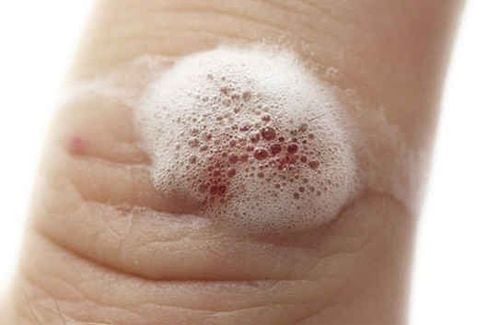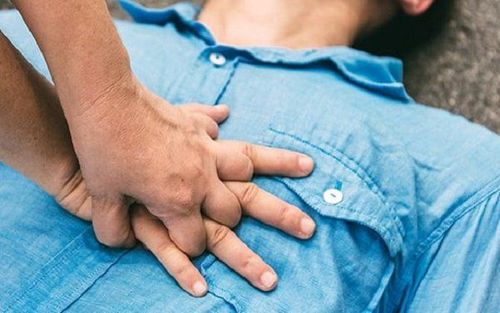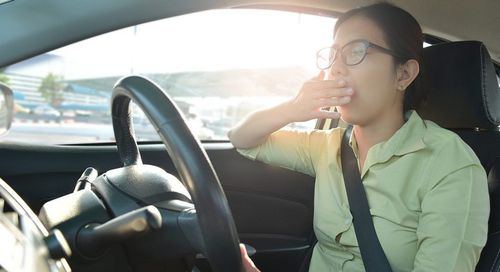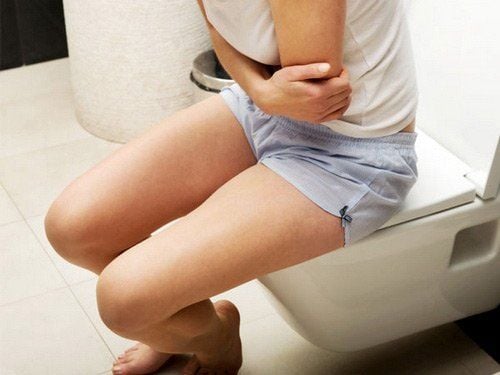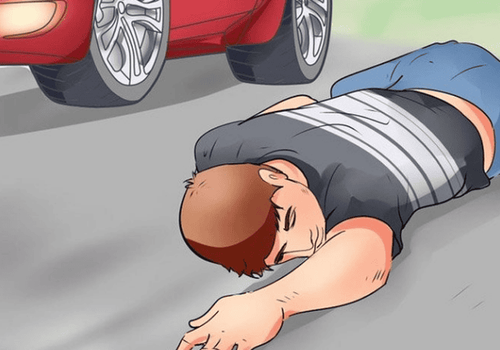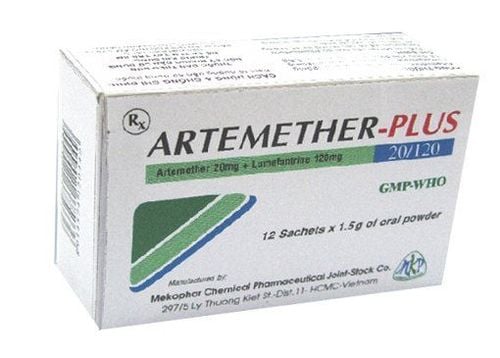This is an automatically translated article.
The article was written by doctors of Emergency Resuscitation Department, Vinmec Phu Quoc International General HospitalFirst aid skills at home are essential for everyone. If performed incorrectly, the patient's condition will be worse. Here are some common mistakes when giving first aid at home.
1. Disinfect the wound with antiseptic solutions
When there is an open wound that causes bleeding in addition to a bandage to stop the bleeding, the next thing everyone thinks about is disinfecting the wound. According to common sense, disinfecting the wound with an antiseptic solution that is usually available at home or bought from pharmacies such as hydrogen peroxide, 70 degrees alcohol or iodine alcohol solution (Povidin, Betadin) will work. Disinfect the wound early, prevent the infection from getting worse and help the wound heal faster. But this is a wrong, unscientific thought, because these substances damage healthy cells and tissues, affecting the subsequent wound healing process. The best way is to wash the wound under clean running water, apply some antibiotic ointment (Bacitracin, Neosporin) and then cover the wound with clean gauze or leave it open if possible, take the victim to the hospital for treatment. further wisdom.
2. Tie a gauze on your arm or leg to stop bleeding
This is a common method of stopping bleeding, but stopping blood from reaching a certain part of the body increases the risk of permanent tissue damage and even gangrene that requires amputation. The way we should do it is to use sterile gauze or clean cloth, press firmly on the wound to stop the bleeding. You may need only one finger to stop the bleeding until the person gets into the emergency room.3. Garo chi when bitten by snakes or insects
Garo should not be bandaged after being bitten by a snake because tying it tightly can prevent blood from reaching the tied area, making it easy to necrosis. When removing the bandage, the poison will at the same time rush to the heart, making the condition worse, which can be life-threatening. Patients bitten by snakes must not apply ice, apply cold compresses, make incisions or apply chemicals, drugs, leaves, etc. to the bite site.
Rửa sạch vết thương, băng quấn kín vết thương bình thường để không tạo áp lực và gây bầm tím
If the patient has necrosis at the bite site, it should be washed with physiological saline, covered with clean gauze, covered with a bandage, and then transferred to the hospital as soon as possible. While transporting the victim to the emergency room, the bitten area should be lower than the heart position, if it is in the legs or arms, the arms or legs can be left hanging.
4. Tilt your head back to prevent nosebleeds
People tend to tilt their heads back after a nosebleed because it looks scary. But tilting your head back will only cause blood to flow down your throat, you will swallow blood and do not know how much blood you bleed, and more importantly, will not stop the bleeding.
The correct way is to keep the head straight to reduce blood pressure in the nasal veins. Hold both nostrils tightly with your thumb and index finger for about 15 minutes and breathe through your mouth. After 15 you can release the hand, and if the bleeding is still flowing, clamp it again for another 15 minutes. Most nosebleeds are benign and will go away on their own. Seek medical attention if the bleeding does not stop within 30 minutes or the nosebleed occurs after an accident, such as a car accident.
5. Stop the victim's mouth with a pencil or wooden stick to prevent biting on the tongue
If you give an object to the victim's mouth when they have a seizure, the victim may swallow it. Objects such as pencils or wallets can block the airway or be swallowed by the victim when they begin to breathe. And the risk of aspiration far outweighs the benefits of preventing the victim from biting the tongue.
The correct way is to do nothing, or you can push the victim to lie on his side to open the airway. During a seizure, the victim may convulse violently, foam at the mouth, and even turn blue. But these seizures go away on their own – so there's nothing you can do but call for help and keep the victim away from surrounding hazards, such as sharp objects, glass, heat, or falls. country.
6. Try to get the victim out of the accident car
One of the most severe injuries, especially after a car accident, is damage to the cervical spine. When moving a person without properly immobilizing them, they can become paralyzed or even die from compression of the cervical spinal cord. In these cases, call an ambulance. While waiting, the victim should be reassured, making sure the victim is breathing well and in a comfortable position as possible, applying pressure to stop bleeding and splinting the limb if possible.7. Thinks that the nearest hospital is the best hospital to go to the emergency room

Đến một bệnh viện chuyên khoa khác xa hơn bệnh viện gần nhất để cấp cứu kịp thời
When something goes wrong, it's undisputed to get to the doctor as soon as possible, but sometimes it's wiser not to turn into any hospital. For example, if you have had a heart attack, it is better to go to a hospital that can perform coronary intervention. Ideally, in an emergency, the first course of action is still to call an ambulance, but be ready to go. If the operator or ambulance staff recommends going to a specialist hospital further away than the nearest hospital, follow their advice. Depending on the emergency, the expertise of these facilities can be the difference between life and death. If hospital A is 5 minutes away and hospital B is 20 minutes away, people often worry about having to travel further and take more time, but once you are there, patient B can do things that other patients cannot. Hospital A can't do it.
8. Cover a blanket when the family is cold and shivering
Many mothers, when they hear their children cry, will immediately cover their children with blankets and warm them up immediately. This is extremely dangerous for children with high fever, the higher the body temperature is, the more chilled the child will be, and the colder it will sound, and until it reaches the "peak" of the child's body temperature. Above 39 degrees, the child convulses, the body turns pale, and can even be life-threatening. Children (sometimes even adults) when the fever is too high, the body is always cold, the extremities are cold, sometimes purple veins are seen on the limbs. The cause of this phenomenon is that when the fever is too high, it will cause peripheral vasoconstriction, so there is a feeling of coldness, but in fact, the body temperature is extremely hot, sometimes up to 40-41 degrees Celsius, which is very dangerous. dangerous.
When the child has a fever, the mother can give the child fever-reducing medicine to get rid of the heat. In which, heat loss through convection is very important. Therefore, after giving the child fever-reducing medicine, parents should absolutely not cover the child with a blanket. Do not close the door of the room, but open it and turn on the fan to ventilate the room. Thus, the child will quickly get rid of the cold feeling.
Please dial HOTLINE for more information or register for an appointment HERE. Download MyVinmec app to make appointments faster and to manage your bookings easily.




